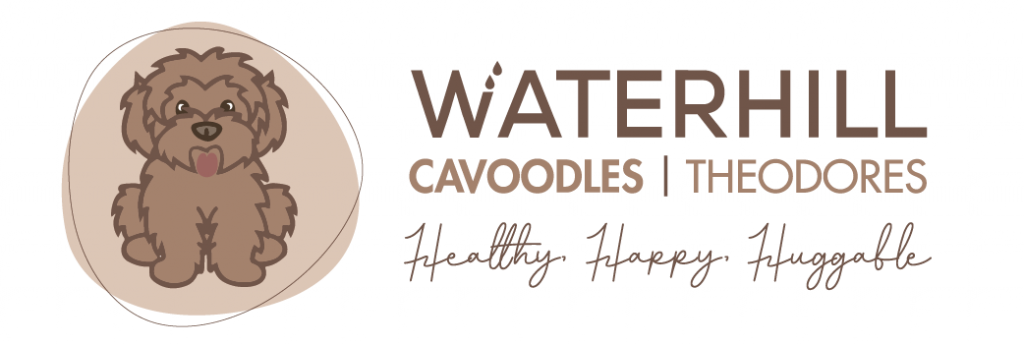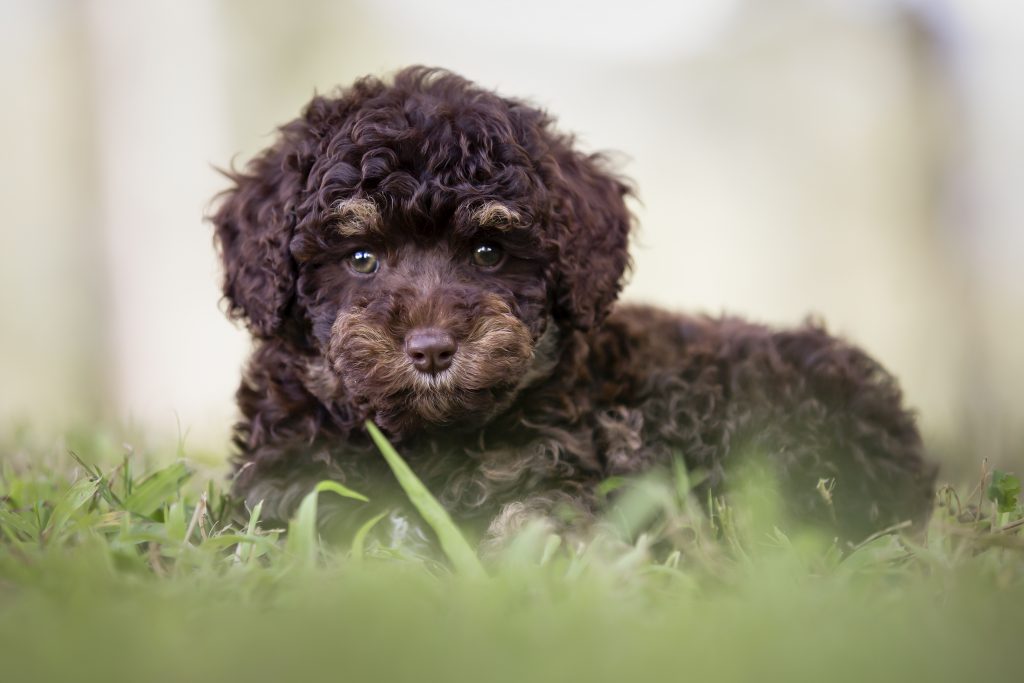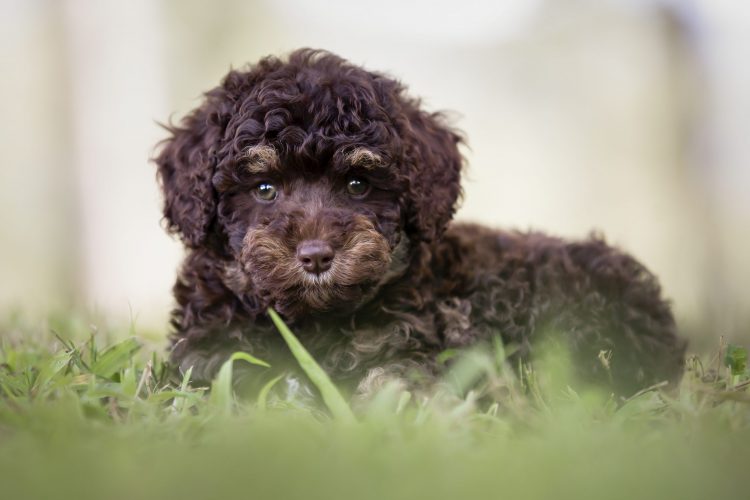Tips on How to Successfully Train a Puppy to be Left Alone
Bringing a puppy into your life is an incredibly rewarding experience. However, teaching them to be comfortable and calm when left alone is an important and necessary training. Here are some effective tips to help you train your puppy to be independent and content when separated from you.
- Gradual Exposure:
Start by leaving your puppy alone for short periods of time and gradually increase the duration. Begin with just a few minutes, then gradually work your way up to an hour or more. This will help your puppy understand that being alone is normal and does not warrant anxiety or distress. - Create a Safe Space:
Designate a specific area in your home for your puppy to feel safe and secure when left alone. Choose a quiet room or a comfortable crate with soft bedding. Provide some toys, chew treats, and water to keep them entertained during your absence. - Positive Reinforcement:
Reward your puppy for calm behavior when left alone. Utilize treats or verbal praise to reinforce positive associations with alone time. This will help your puppy understand that being alone is a positive experience and will strengthen their confidence. - Gradual Departures and Arrivals:
Avoid making a big fuss when leaving or returning home. Keeping your departures and arrivals low-key will signal to your puppy that your absence or presence is no cause for anxiety. This will help create a sense of normalcy and reduce separation anxiety. - Simulate Your Presence:
To make your puppy feel less alone, consider leaving some ambient noise on, such as soft music or a radio tuned to a talk station. You can also use a white noise machine to mimic the sounds of a bustling household. These background noises can provide comfort and make your puppy feel more relaxed. - Enrichment Activities:
Keep your puppy engaged and mentally stimulated with enrichment activities. Puzzle toys, Kong toys filled with treats, or interactive toys can distract and occupy their attention during your absence. This will help them associate being alone with fun and reward. - Practice Departure Activities:
Engage in activities that mimic your departure routine without actually leaving. Pick up your keys, put on your shoes, and perform other actions that typically signal leaving. By desensitizing your puppy to these cues, they will become less anxious when you need to leave for real. - Seek Professional Help if Needed:
If your puppy displays excessive anxiety or destructive behaviors when left alone, consider seeking professional help. A dog trainer or animal behaviorist can assist in creating a customized training plan that addresses your puppy’s specific needs and behavior patterns.
Conclusion:
Training a puppy to be comfortable when left alone requires patience, consistency, and positive reinforcement. By gradually exposing them to solitude, creating a safe space, using positive reinforcement, and providing mental stimulation, your puppy can become independent and calm when separated from you. Remember to give your furry friend time to adjust and be understanding throughout the training process. With proper guidance and training, your puppy will learn to enjoy their alone time and grow into a confident and well-adjusted adult dog.


